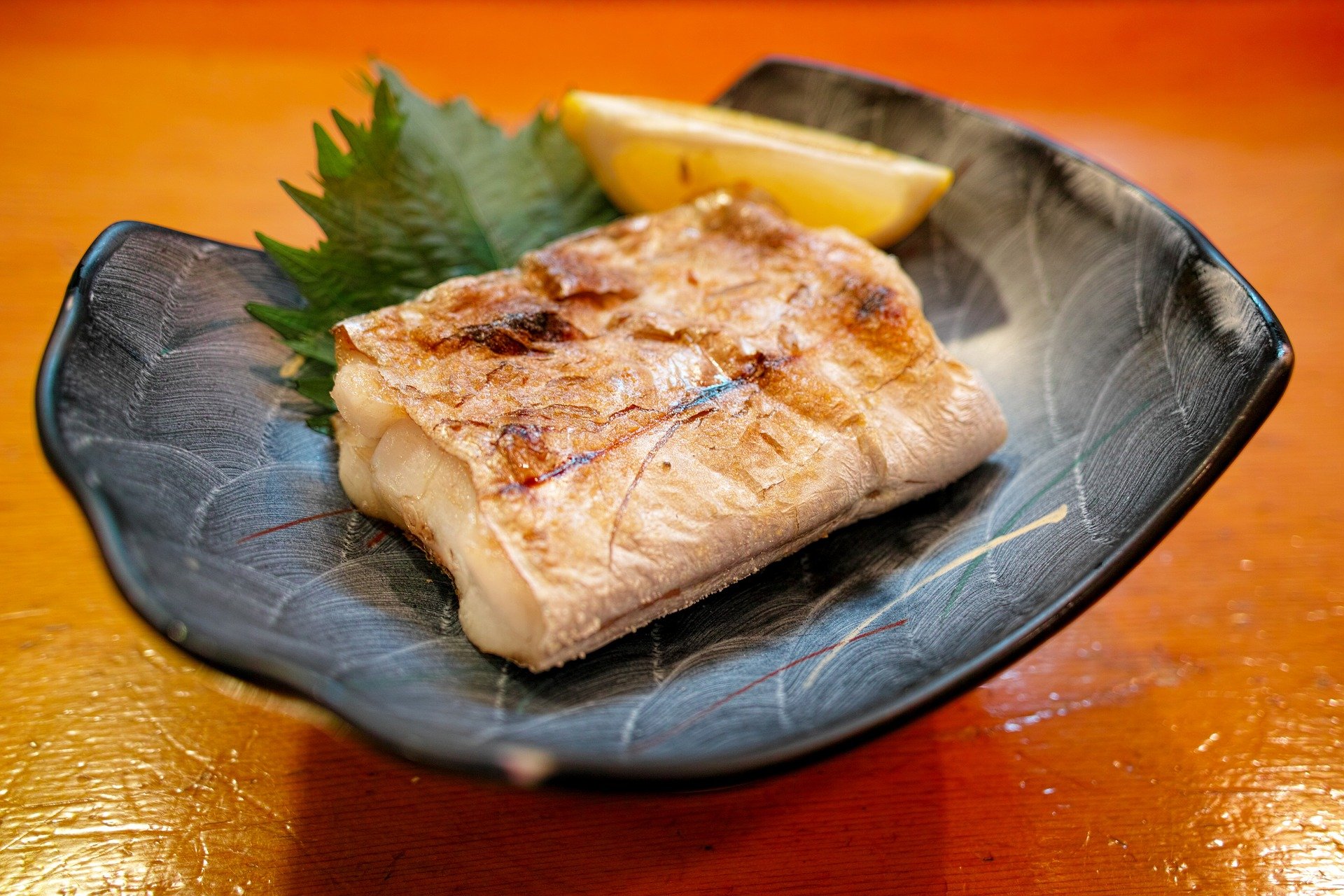One of the most delicious, simple, and healthy methods of preparing fish is broiling. Anglers in the southeast, including Georgia, South Carolina, and North Carolina, have the opportunity to catch fish from freshwater lakes, rivers, creeks, reservoirs, coastal waters, and the Atlantic ocean. However, visiting the local fish market is equally as productive. When cooking broiled fish, follow these 4 tips for southern anglers.
How Do You Broil Fish
Broiling fish requires little effort despite the delicious outcome after the fillets have been cooked. Here are the steps to broiling fish for a meal.
Rinsing The Fillets
Once the fish has been filleted, it is essential to rinse and remove scales that are stuck to the flesh. Once the fish is rinsed, pat dry with a paper towel.
Heating The Broiler
Push the broil on the oven and allow the temperature to reach 450 degrees. While the oven is heating, apply oil to a glass or metal baking dish to prevent the fish from sticking while cooking.
We recommend the Anchor Hocking Oven Basics 4.8 Quart Glass Baking Dish for cooking one or more fish fillets.
Seasoning The Fish
Place the fillets in the oiled baking dish and top with your favorite seasonings. We recommend brushing a coating of olive oil before sprinkling ground pepper and garlic powder over the top. Remember, you will have the opportunity to enjoy the flavor of the fish when broiling as compared to deep-frying or grilling; therefore, avoid overseasoning.
Cooking The Fish
After seasoning, place the fish on a middle rack in the oven to avoid crisping the top. Monitor during the cooking process to avoid overcooking. Thin fillets require up to five minutes of cooking time compared to thick fillets, which exceed ten minutes.
Testing To Ensure The Fish Is Cooked
To avoid overcooking, test the fish during the cooking process. To test, gently pull the center of the fish with a fork. When the fish flakes with ease, it is ready to be served. Avoid overcooking as it will cause the fillet to become dry.
Serving The Broiled Fish
Remove the fish from the cooking dish with a spatula and place it on a dinner plate. Remember, the fillet is fragile, so transfer with care to avoid breaking into pieces and ruining the presentation. Pair the fish with tartar sauce and a lemon or lime for squeezing.
Is Broiled Fish Healthy
Broiling is one of the most healthy options when it comes to fish cooking methods. Remember, broiling does not require the fish to be coated in flour and breadcrumbs but rather a drizzle of olive oil and seasonings.
Additionally, consider deep frying methods. Deep fryers submerge the fillets in hot oil and absorbs into the flesh during the cooking process. Broiling and grilling are two of the most healthy cooking options to reduce the intake of calories.
What Are The Best Fish To Broil Caught Fresh In The Southeast
Anglers can catch and keep fish in fresh and saltwater through Georgia, South Carolina, and North Carolina. Here is a list of the best broiling fish from saltwater and freshwater.
Freshwater
The most notable freshwater fish for broiling include striped bass, perch, walleye, crappie, and more. Remember, avoid overcooking thin fillets.
Saltwater
In saltwater, anglers fish inshore and offshore waters. The best broiling fish in saltwater include sea trout, sheepshead, flounder, snapper, grouper, and bonnethead shark.
Do You Flip Fish When Broiling
When broiling fish, it is not necessary to flip the fillet. The fillet will become cooked on all sides when placed in the oven beneath the broiler.
A second reason to avoid flipping fish is to prevent it from crumbling into pieces. Broiled fillets are incredibly fragile and must be transferred to the serving dish intact to give the best presentation when cooking for family and friends.
Lastly, ensure the baking dish is well oiled to prevent the fillets from sticking to the base of the pan. An improperly oiled baking pan will not allow you to remove the cooked piece of fish as a whole but rather fall into pieces.
Time To Broil Fresh Caught Fish From Georgia, South Carolina, and North Carolina
The next time you go fishing in Georgia, South Carolina, and North Carolina, pack a cooler and bring the fish home for dinner. Follow the four tips for southern anglers to ensure your meal is tasty and healthy. Lastly, follow the local fishing regulations and purchase a license to comply with regulations.






